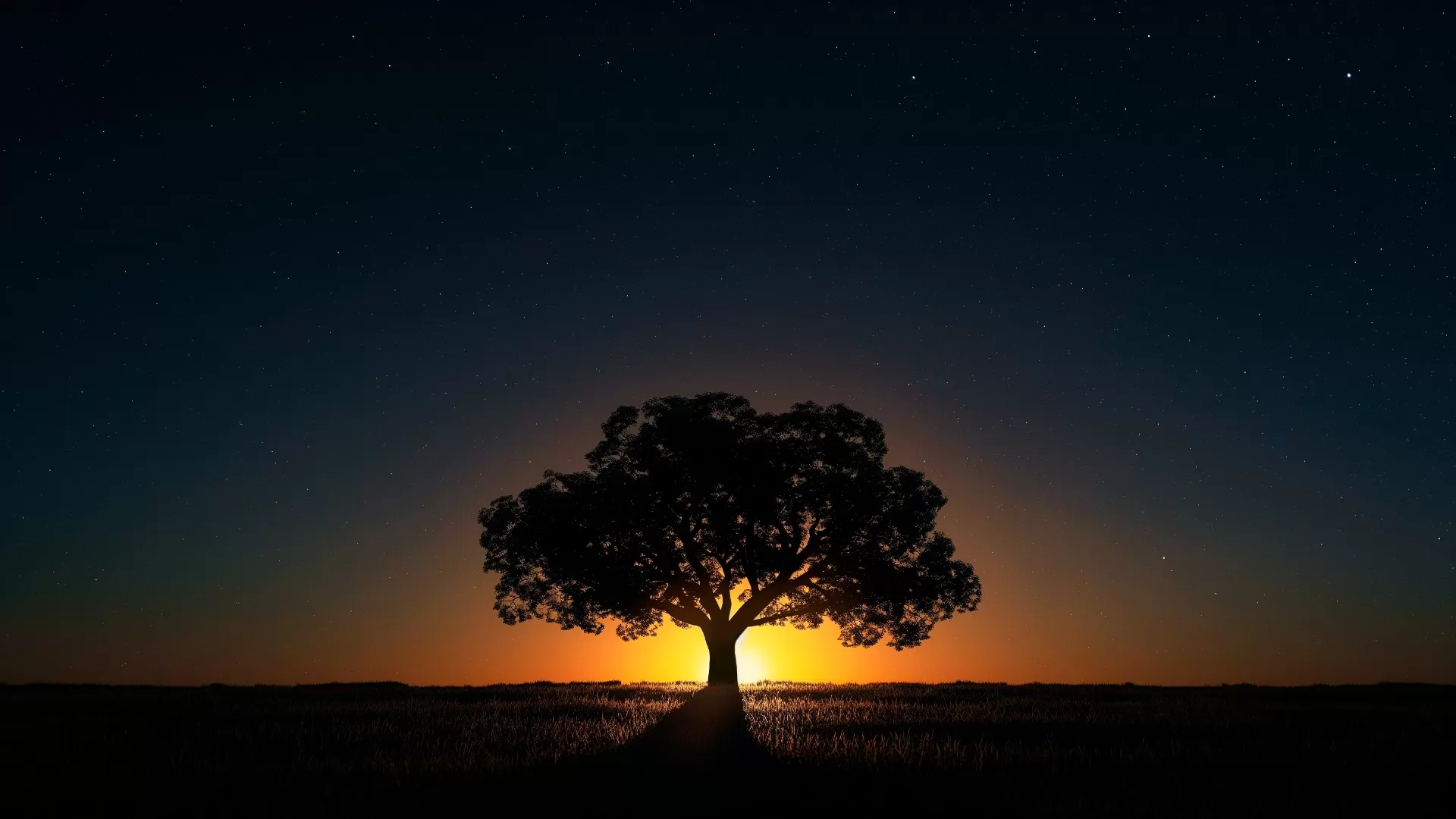
The Mysteries of Black Holes
Black Holes are one of the most fascinating objects present in the space. They are extremely dense, with such a high gravitational force that even light cannot escape them. The high gravitational force is a result of matter squeezed into a tiny space.
Even though there are an infinite number of black holes present in the universe, they are next to impossible to spot. This is because light cannot escape the black holes. However scientists have found a way to spot these beasts. This is done by the effects caused by the black holes on the matter present around it. Through this, scientists have predicted that Milky Way could contain over a hundred million black holes. At the centre of the Milky Way lies the supermassive black hole – Sagittarius A. It is around four million times the mass of the Sun and is around 26000 light years away from the Earth.
There are two ways in which black holes can be formed. The first is the remains of a dead star. Stars whose mass is eight to ten times the Sun ,are exhausted of their fuel, i.e., hydrogen, explode and die leaving behind a dense compact object, a black hole. The second method is from the direct collapse of a gas. This type of black hole formation often leads to a massive black hole, a thousand or even a hundred thousand times the mass of the Sun.
Scientists believe that there are three types of black holes: Stellar-mass, supermassive and intermediate-mass.
When a star with more than eight times the Sun’s mass runs out of fuel, its core collapses, rebounds and explodes as a supernova. What’s left behind depends on the star’s mass before the explosion. If it was near the threshold, it creates a city-sized, super-dense neutron star. If it had around 20 times the Sun’s mass or more, the star’s core collapses into a stellar-mass black hole.
Almost every large galaxy, including our Milky Way, has a supermassive black hole at its centre. These monster objects have hundreds of thousands to billions of times the Sun’s mass, although some scientists place the lower boundary at tens of thousands. The one at the centre of our galaxy, Sagittarius A.
Intermediate-mass black holes should range from around one hundred to hundreds of thousands of times the Sun’s mass – or tens of thousands.
A black hole consists of three layers – the outer event horizon, the inner event horizon and the singularity. The event horizon is the boundary around the mouth of the black hole, past which light cannot escape. Once a particle enters the event horizon, it cannot escape. The inner region of a black hole, where the object’s mass lies, is known as its singularity, the single point in space-time where the mass of the black hole is concentrated.
The black holes are enigmatic, but scientists are working assiduously to study more and more about them. Even though it is a completely new concept, through the present technology paired with intelligence, it is a matter of time before we would be able to know everything about the black holes.
Akshay Ashok Singh
Class X



